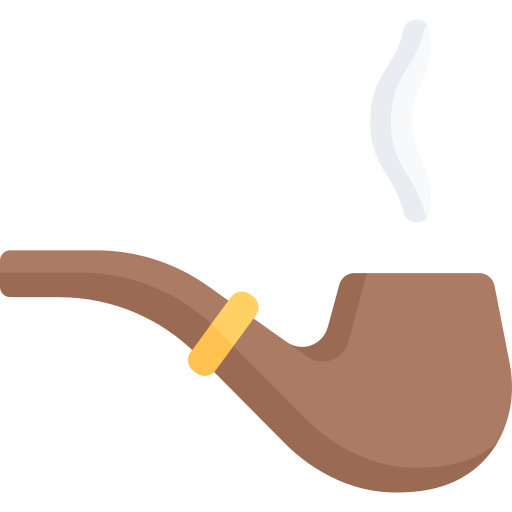Charting Uncharted Waters
The Elizabethan era (1558-1603) witnessed a period of cartographic innovation and geographic exploration that reshaped the world’s understanding of its own boundaries. Navigators, cartographers, and explorers collaborated to map the New World, revealing the mysteries of distant lands.
Navigational Challenges
Mapping the New World was not without challenges. Explorers faced treacherous waters, uncertain coastlines, and unfamiliar landmarks. The skillful use of navigational tools, such as astrolabes and compasses, allowed them to traverse uncharted territories.
Early Mapmakers
Early Elizabethan mapmakers, such as John White and Richard Hakluyt, played crucial roles in documenting and disseminating geographic knowledge. Their maps, often a blend of factual information and imaginative elements, influenced how the New World was perceived.
Advancements in Cartography
The Elizabethan era saw advancements in cartography, with maps becoming more accurate and detailed. Explorers‘ observations and measurements of coastlines, rivers, and landmarks contributed to more precise depictions of geography.
Impact on Trade and Exploration
Accurate maps revolutionized trade and exploration. Merchants used updated maps to plan trade routes, while explorers relied on them to chart their journeys. The maps played a pivotal role in fostering intercontinental trade and shaping colonial endeavors.
Encounters with Indigenous Knowledge
Explorers‘ interactions with indigenous peoples provided valuable geographic information. Indigenous knowledge of local landscapes, rivers, and landmarks often enriched the accuracy of maps.
Legacy and Modern Applications
The cartographic achievements of the Elizabethan era have left a lasting legacy. Modern mapping technologies and Geographic Information Systems (GIS) owe their roots to the era’s pioneering cartographers, who laid the foundation for contemporary geographic knowledge.
Redefining Cartographic Endeavors
The exploration of cartography in the Elizabethan era invites us to redefine the concept of mapping. By examining the intricacies of early mapmaking and the challenges faced by navigators, we gain insight into the human quest to comprehend and represent the vastness of the world.
Conclusion
The mapping of the New World during the Elizabethan era was a voyage of discovery that transcended physical boundaries. Explorers and mapmakers ventured into the unknown, using their expertise to transform vague coastlines into meticulously detailed maps. By exploring this era, we deepen our understanding of the power of cartography to illuminate the uncharted and connect disparate lands.


Ako ovplyvnila kartografia v elizabetínskej ére svetový obchod?
V elizabetínskej ére prispeli presnejšie a detailnejšie mapy k revolúcii v obchode a prieskume, keďže obchodníci a prieskumníci mohli efektívnejšie plánovať svoje trasy a expedície.
Je správne, že rané elizabetínske mapy často zobrazovali nový svet s eurocentrickým pohľadom, ktorý mohol ignorovať alebo skresliť pôvodné kultúry?
Tento prístup môže byť kritizovaný za to, že prehliada alebo skresľuje pôvodné kultúry a ich poznatky, čo má dlhodobé dôsledky pre vnímanie a reprezentáciu týchto kultúr.
Mali by sme prehodnotiť súčasné používanie historických máp z elizabetínskej éry vzhľadom na ich potenciálne skreslené zobrazenie geografie a kultúr?